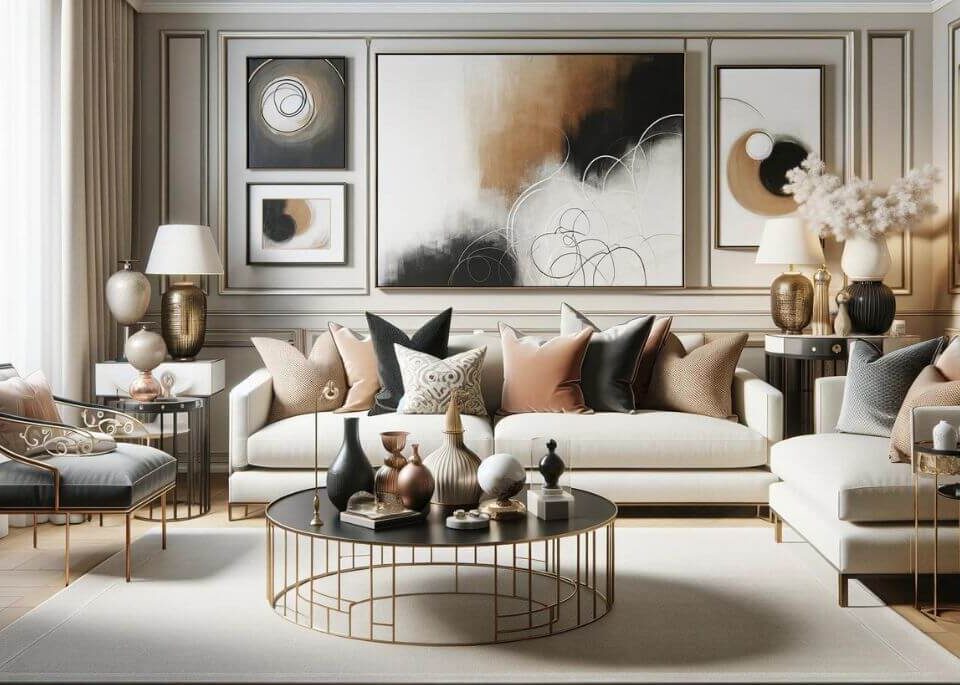
Understanding Scandinavian Design: Clean Lines, Functionality and Simplicity
August 19, 2023
The Modernism Movement: Unpacking Art Deco and Bauhaus Influences
August 21, 2023Exploring Interior Design Styles: From Traditional Elegance to Contemporary Chic
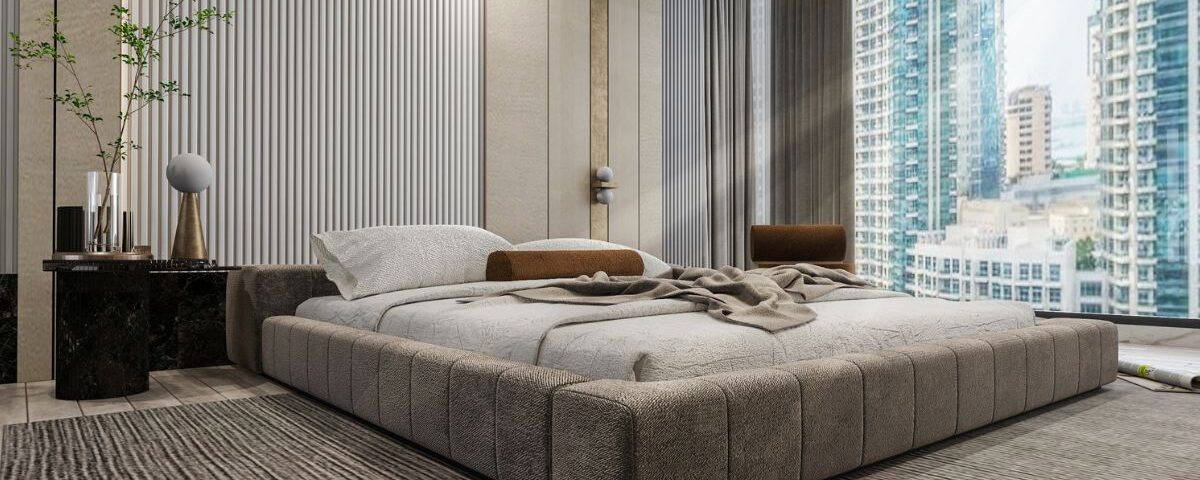
The world of Interior Design Styles is as diverse as it is captivating. Each style brings unique elements, aesthetics and philosophies, providing endless opportunities to create personalized spaces. This article will guide you through the various design styles, from traditional elegance to contemporary chic.
Table of Contents
The Spectrum of Interior Design Styles
There are numerous interior design styles, each resonating with different tastes, cultures and periods.
Traditional Design
Traditional design is often associated with European sensibilities, specifically reflecting the 18th and 19th century decor. It is characterized by classic details, plush furnishings and an abundance of accessories. Wood tones, rich color palettes and intricate designs form the core of this style. Unwrap the elegance of traditional design here.
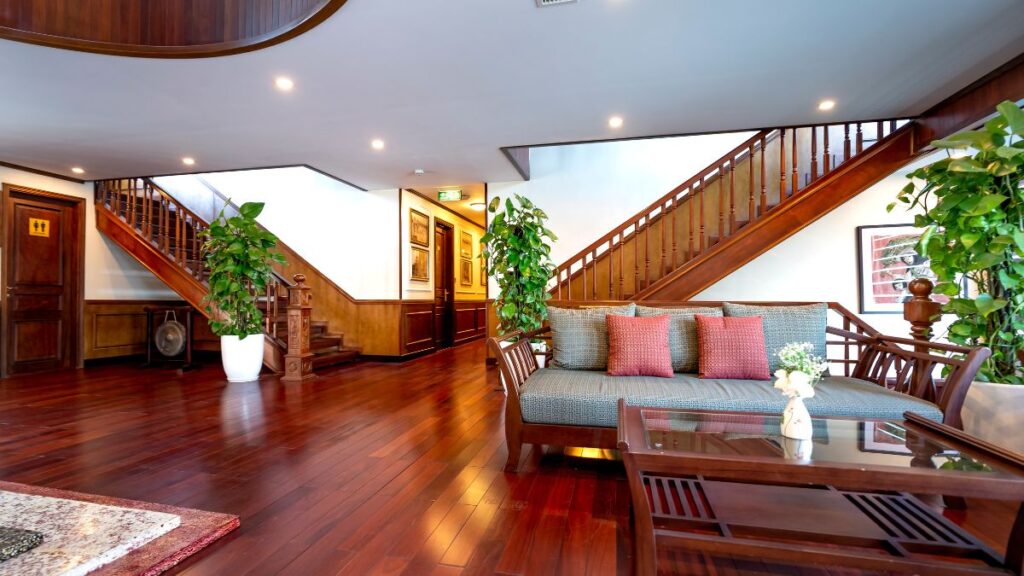
Scandinavian Design
Scandinavian design emerged in the mid-20th century, inspired by the Nordic countries’ landscape and climate. It combines beauty, simplicity, and functionality, promoting clean lines, light colors, and natural materials. Understand Scandinavian design in more detail here.
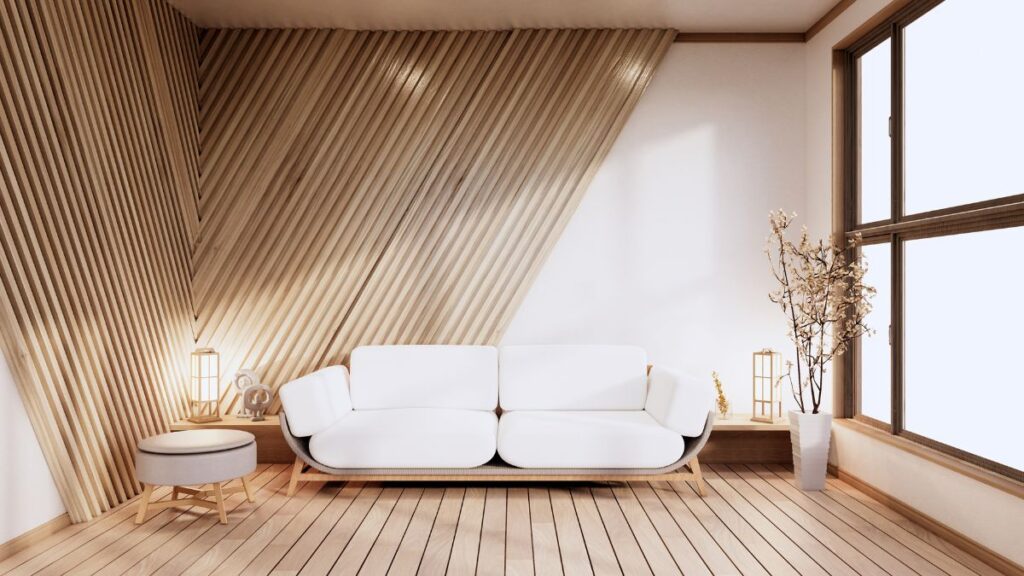
Minimalist Design
The minimalist design style, rooted in the Japanese Zen philosophy, focuses on simplicity and functionality. Spaces are kept uncluttered and every element serves a purpose. The color scheme is often monochromatic, using neutrals to create a calm and serene environment. Learn more about achieving serenity with minimalist design here.
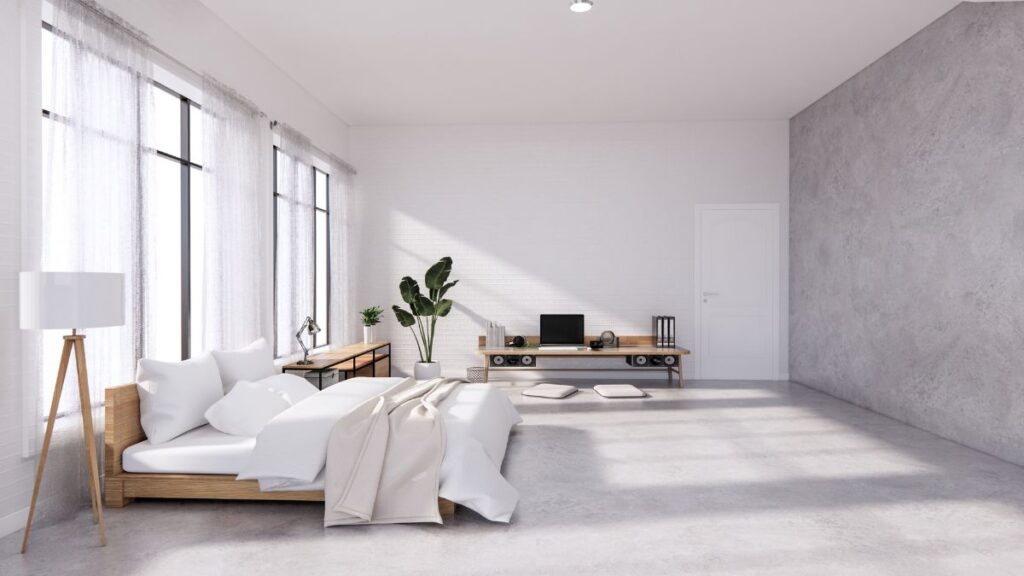
Industrial Design
The industrial design style, inspired by the turn-of-the-century industrial era, showcases rawness and simplicity. Exposed brick walls, steel beams and distressed wood are typical elements. The style celebrates the unfinished and unconventional, making it distinct. Discover more about the blend of old and new in industrial design here.
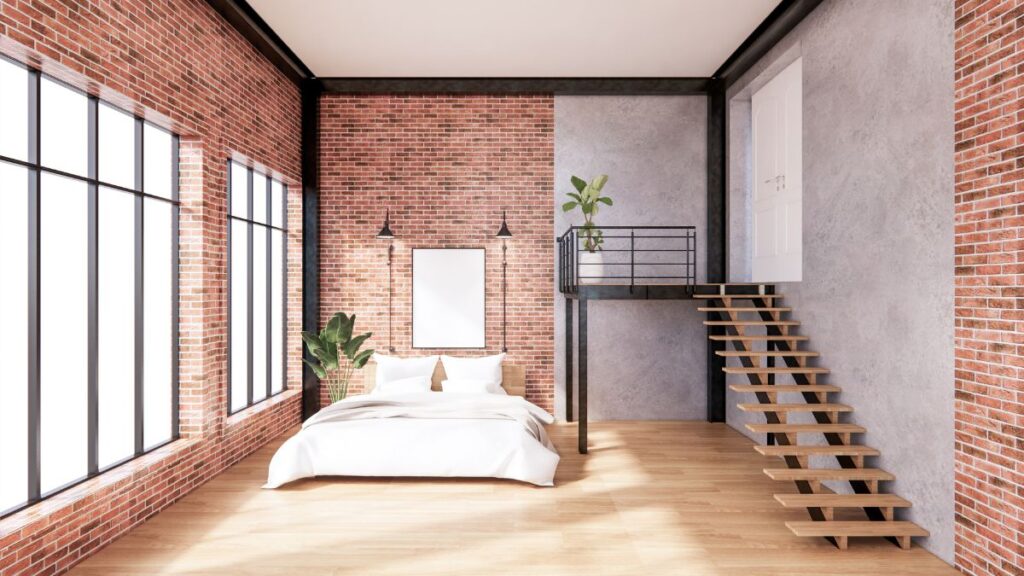
Contemporary Design
Contemporary design is fluid, often reflecting the present trends. It tends to be more flexible than other design styles, incorporating current, past and future trends. The style is characterized by clean lines, neutral colors and functional spaces. Explore the art of the present in contemporary design here.
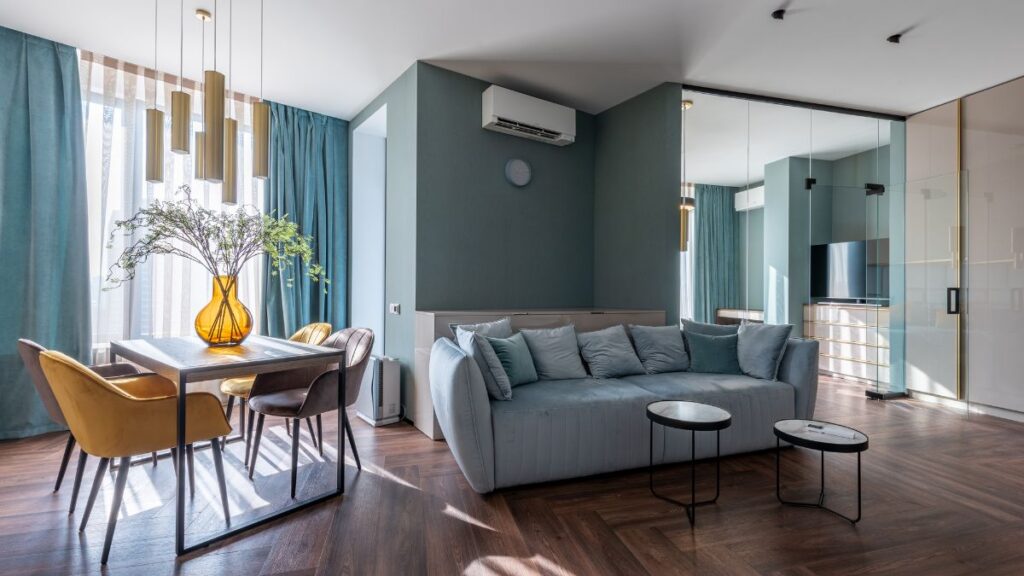
Key Elements Defining Each Style
While there is some overlap between different design styles, each has key elements that define its essence.
Traditional Design: Key Elements
Traditional design is marked by symmetry, classic art, antique furniture, luxurious textiles and a rich color palette. It often incorporates European influences, such as French Country, Tuscan and British Colonial styles.
Scandinavian Design: Key Elements
Scandinavian design is recognized by its minimalistic approach, clean lines, organic shapes and functionality. The color palette leans towards cool and muted tones. Natural light, simple decor and warm textiles are essential components.
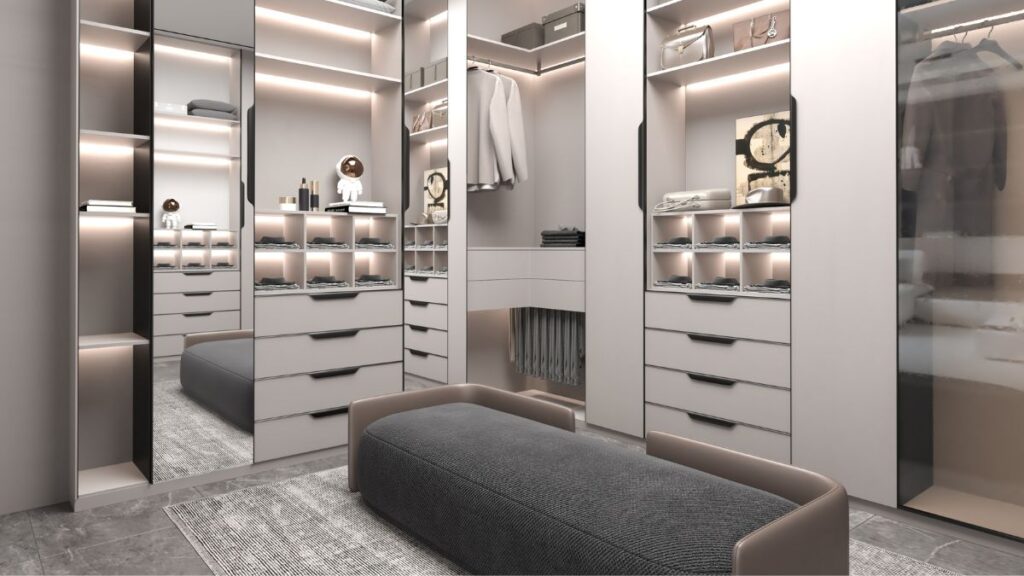
Minimalist Design: Key Elements
Minimalist design embodies simplicity in everything from color to furniture to decor. Spaces are uncluttered, the color scheme is simple and every element serves a purpose. Negative space is as important as decorated areas.
Industrial Design: Key Elements
Industrial design flaunts raw and unfinished elements. Exposed brick walls, ductwork, wooden beams and metal fixtures are typical. It combines a neutral color scheme with rustic elements and open floor plans.
Contemporary Design: Key Elements
Contemporary design showcases neutral colors, bold lines and minimalistic decor. It emphasizes spaciousness and light, incorporating flexible and multifunctional elements. Sustainable materials and energy efficiency often play significant roles.
How to Choose Your Design Style
Choosing a design style is a personal journey. It depends on your lifestyle, preferences and the functionality you seek. Consider aspects like color preferences, clutter tolerance, maintenance needs and the existing architecture. Collect inspirations and consult a professional, if needed.
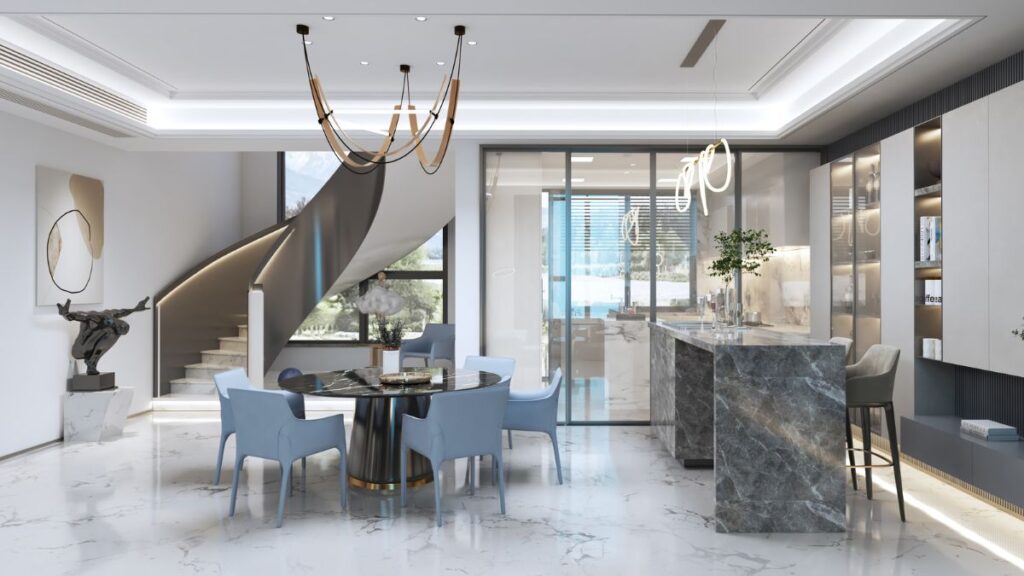
Key Takeaways: Navigating Interior Design Styles
- Diverse Options: The world of interior design offers a rich palette of styles, from the ornate traditional to the sleek contemporary, catering to diverse tastes and architectural contexts.
- Personalization and Functionality: Choosing the right design style involves considering personal preferences, lifestyle needs, and the functionality of the space, making it essential to assess these factors carefully.
- Cultural Richness: Many design styles are deeply rooted in specific cultural or historical contexts, providing a meaningful backdrop to their aesthetic and functional qualities.
Conclusion
Exploring the spectrum of Interior Design Styles is like embarking on a global and historical journey. Whether you’re drawn to the elegance of traditional design, the simplicity of Scandinavian design, or the dynamic nature of contemporary design, there’s a style for every aesthetic.
FAQs
1. How can contemporary design be identified?
Contemporary design is characterized by its fluidity, often reflecting current trends. It uses clean lines, neutral colors, and a minimalist approach, focusing on space rather than things. It adapts over time, incorporating new and innovative materials and techniques.
2. What should one consider when choosing an interior design style?
When selecting an interior design style, consider your personal tastes, lifestyle, and the functionality of the space. Think about maintenance needs, the existing architecture of your home, and your long-term living situation. Consulting a professional can also provide guidance tailored to your specific conditions.
3. What are the different interior design styles?
The design styles include traditional, Scandinavian, minimalist, industrial, contemporary, among others.
4. How do I choose an interior design style?
Choosing a design style depends on your personal preference, lifestyle and the functionality you need. You can gather inspiration and consult a professional.
5. What is the difference between modern and contemporary design?
Modern design refers to a specific era (mid-20th century), while contemporary design is fluid, often reflecting the present trends.
6. Can I mix different design styles?
Yes, it’s possible to mix design styles. The key is to create a cohesive look that balances different elements.
7. Is Scandinavian design minimalist?
Scandinavian design embraces minimalism, focusing on simplicity, functionality and the use of natural elements.
8. What defines traditional interior design?
Traditional interior design is distinguished by its European influences, rich textures, and detailed craftsmanship. It features symmetrical layouts, classic art, plush furnishings, and an abundance of decorative details, reflecting a timeless elegance.
9. How does Scandinavian design differ from minimalist design?
While both Scandinavian and minimalist designs prioritize simplicity and functionality, Scandinavian design incorporates more natural elements and cozy textures, focusing on warmth and comfort. Minimalist design, in contrast, emphasizes extreme simplicity, uncluttered spaces, and a monochromatic color palette.
10. What are the characteristic features of industrial design?
Industrial design is known for its open spaces and raw materials. Exposed brick, visible ductwork, and distressed wood are commonly used, celebrating the architectural features of the industrial era. This style combines functional design with a rugged aesthetic.
11. Can elements from different interior design styles be combined effectively?
Yes, combining different design styles can create a unique, personalized space. The key is to achieve balance and harmony by selecting elements that complement each other, ensuring that no one style overpowers another.
12. What role does color play in defining different interior design styles?
Color is crucial in distinguishing various design styles. For example, traditional design often involves deep, rich colors to create a warm, inviting atmosphere, while minimalist and Scandinavian designs use muted, neutral tones to enhance the sense of calm and space.
13. How does light influence interior design?
Light plays a significant role in interior design by affecting the mood and ambiance of a space. For instance, Scandinavian design maximizes natural light to combat the dark winters of Northern Europe, whereas contemporary design often uses lighting as a focal point or to enhance the open, airy feel of a space.
14. What is the significance of furniture selection in interior design?
Furniture selection is vital in interior design as it not only serves functional purposes but also helps to define the style of a space. Each design style has preferred types of furniture, whether it’s the ornate, detailed pieces of traditional decor or the sleek, functional forms of minimalist interiors.
15. How do interior design styles reflect cultural or historical influences?
Interior design styles often reflect cultural and historical influences. For instance, traditional design draws from European history and craftsmanship, while Scandinavian design is influenced by the Nordic region’s climate and landscape. These influences shape the materials, textures, and forms used in each style.

